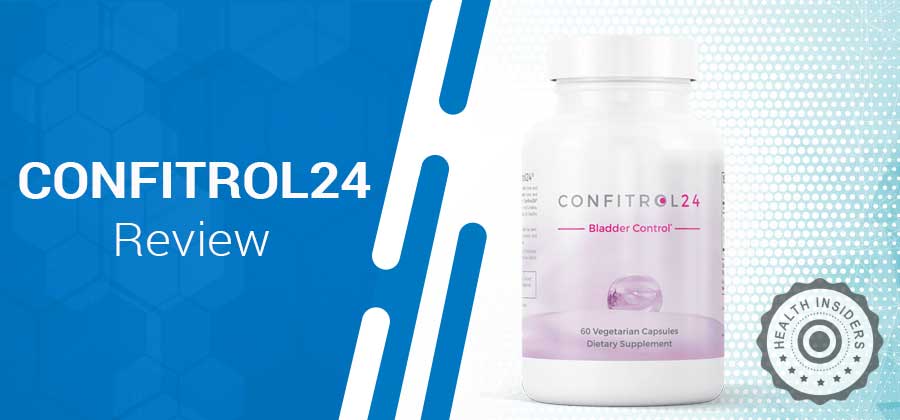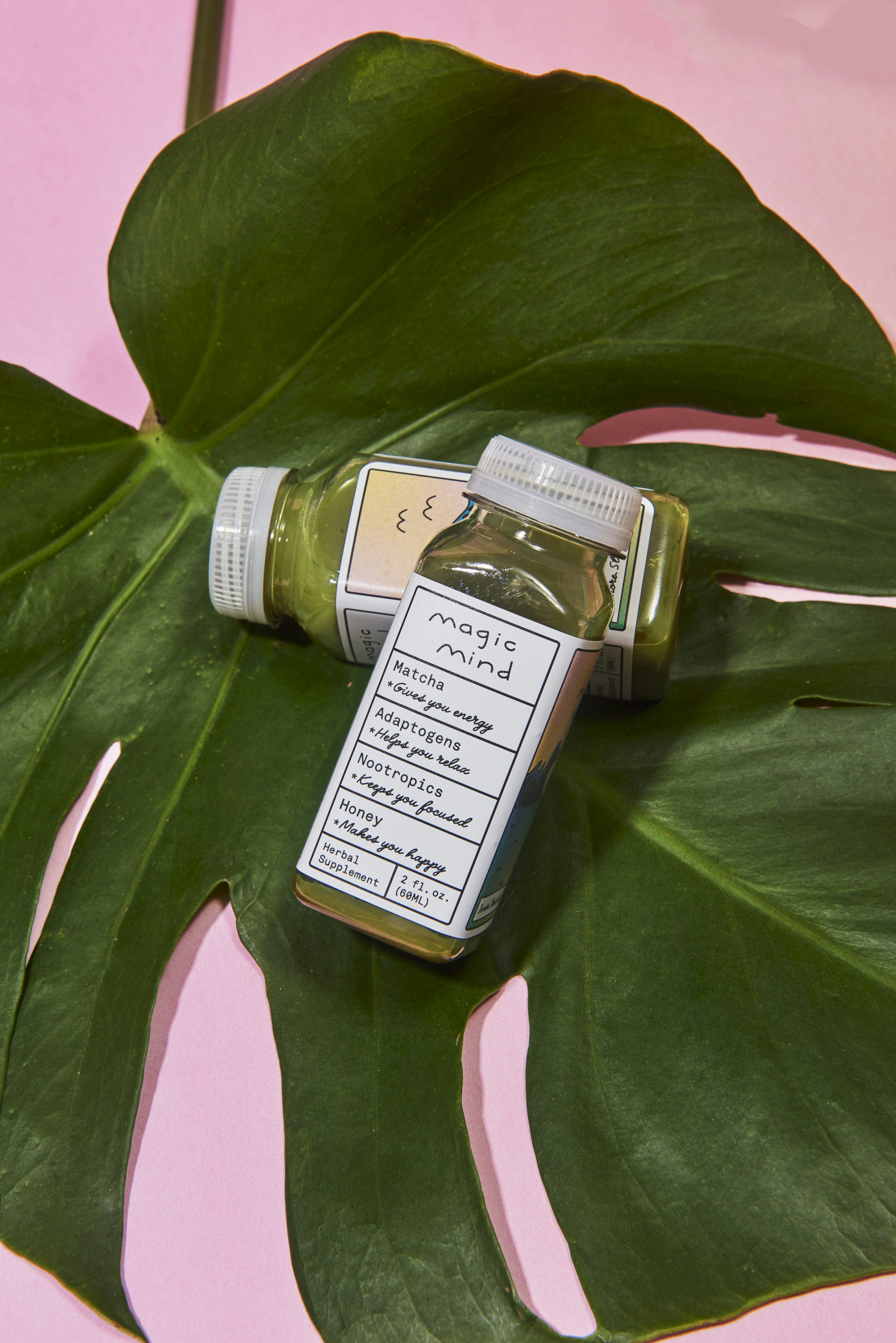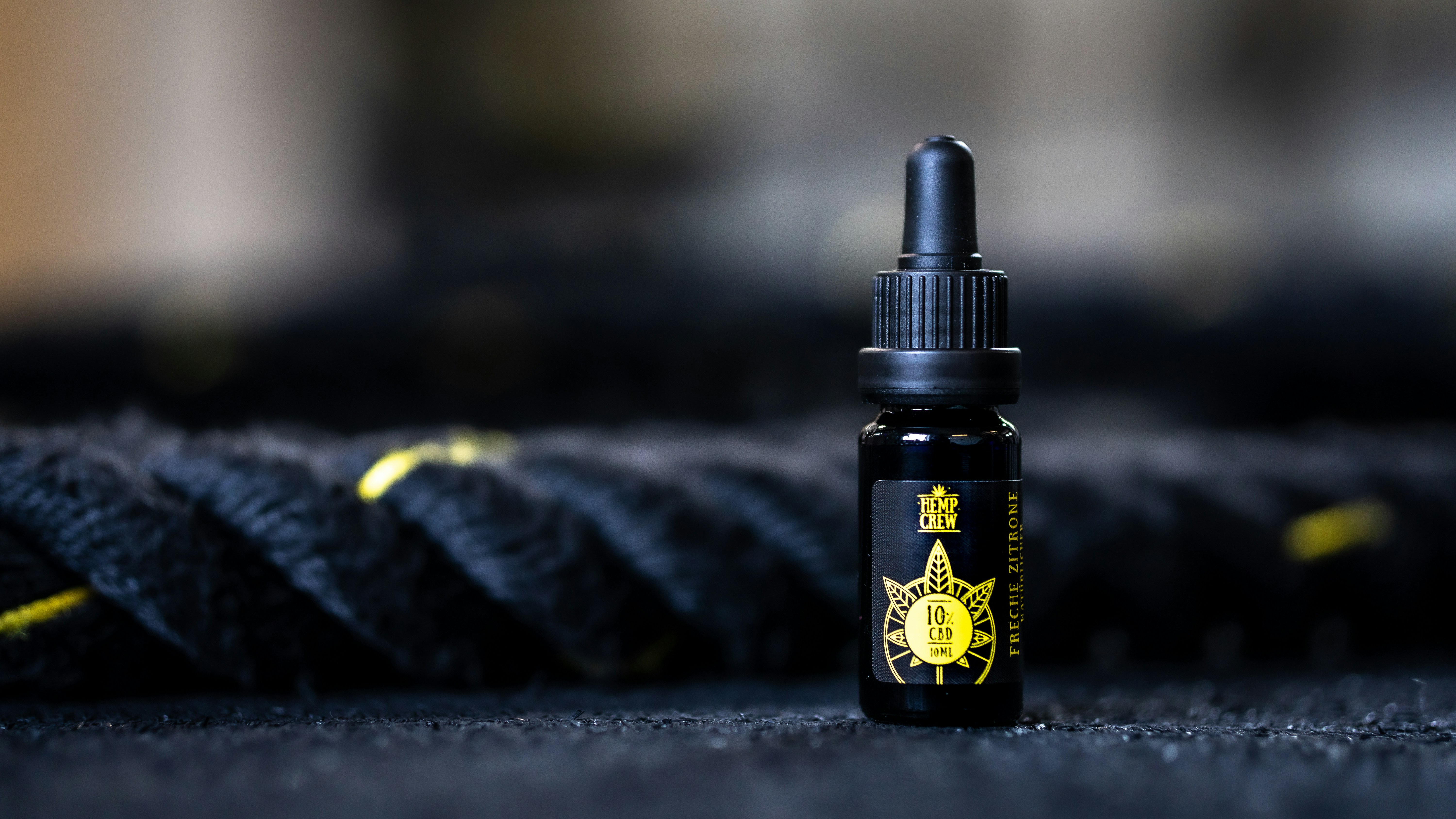What's The Best Urge Incontinence Treatment?
Posted on 10-03-2021 10:07 PM

Urge Incontinence in Women Treatments
Behavioral treatments are simple, self-directed, have no side effects and are often used in conjunction with other treatment options. They have proven effective for many women and work well for certain types of incontinence. They include: bladder trainingthe goals of bladder training are to increase the intervals between emptying your bladder and the amount of fluid your bladder can hold. This training can help diminish the sense of urgency and leakage. 
Urinary Incontinence in Men
Is a supplement for urinary incontinence in dogs ensures sustained phenylpropanolamine levels in the blood stream and may help reduce the conditions often associated with high levels of phenylpropanolamine such as: decreased appetite, changes in heart rate, increased blood pressure, hyperexcitability.
Urinary incontinence can be short-term or long-lasting (chronic). Short-term incontinence is often caused by other health problems or treatments. This topic is about the different types of chronic urinary incontinence: stress incontinence happens when you sneeze, cough, laugh, lift objects, or do something that puts stress or strain on your bladder and you leak urine. Urge incontinence is an urge to urinate that's so strong that you can't make it to the toilet in time. It also happens when your bladder squeezes when it shouldn't. This can happen even when you have only a small amount of urine in your bladder. Overactive bladder is a kind of urge incontinence. But not everyone with an overactive bladder leaks urine.
What is urinary incontinence in men?
First, a definition. Urge incontinence is a sudden need to urinate. It happens because your bladder contracts when it shouldn't. This causes urine to leak through the sphincter muscle that controls flow through the bladder. You've got company if you have urge incontinence. Estimates it affects 30% of men and 40% of women in the united states. While urge incontinence can hit anyone, it is most common in women and older patients. Note that urge incontinence is not a disease. Rather, it's one of several forms of urinary incontinence, which stem from lifestyle, medical or physical causes.
A+ a- the multidisciplinary team is essential to the practice of geriatric medicine. [ 1 ] a good example of this can be seen in continence clinics staffed by a variety of health professionals skilled in providing evidence-based care for incontinence, an important geriatric syndrome that is underreported and undertreated. Without treatment, urinary and fecal incontinence can lead to significant complications, including falls, pressure ulcers, and depression. Despite the risks posed by incontinence, there are surprisingly few continence clinics with a geriatric medicine focus, and more are needed. With the number of canadians older than 65 years projected to be 24% to 28% of the total population by the year 2063,[ 2 ] a parallel increase in the number of older patients with incontinence can be expected. As this segment of the population grows, assessment and management of incontinence will become increasingly important, especially for frail older adults. These very complex patients often have multifactorial incontinence due to nongenitourinary conditions such as dementia, mobility decline, poor dexterity, and polypharmacy. Such patients may not tolerate extensive urological investigations, and frailty is a known predictor of postoperative complications after urological procedures. [ 3 ].
What Causes Urinary Incontinence in Dogs?
Proin is one of the most commonly prescribed drugs used today to help dogs with urinary incontinence, but is it safe? some pet owner says no. In fact, some dog owners believe that the drug's side effects led to their dog's death. Caution! please be aware of the side effects of proin.
